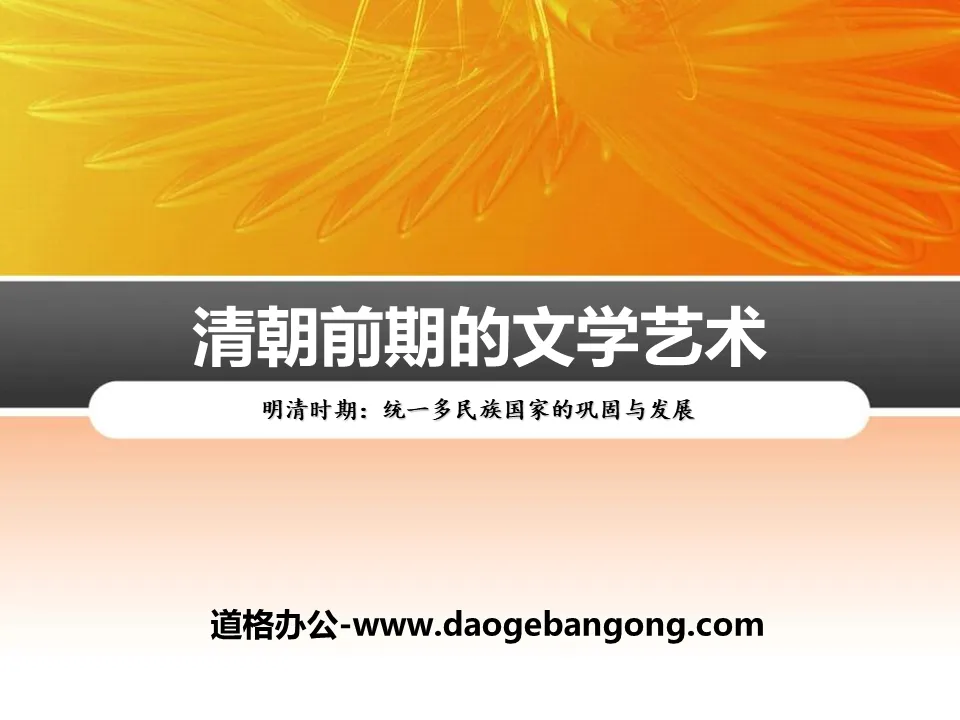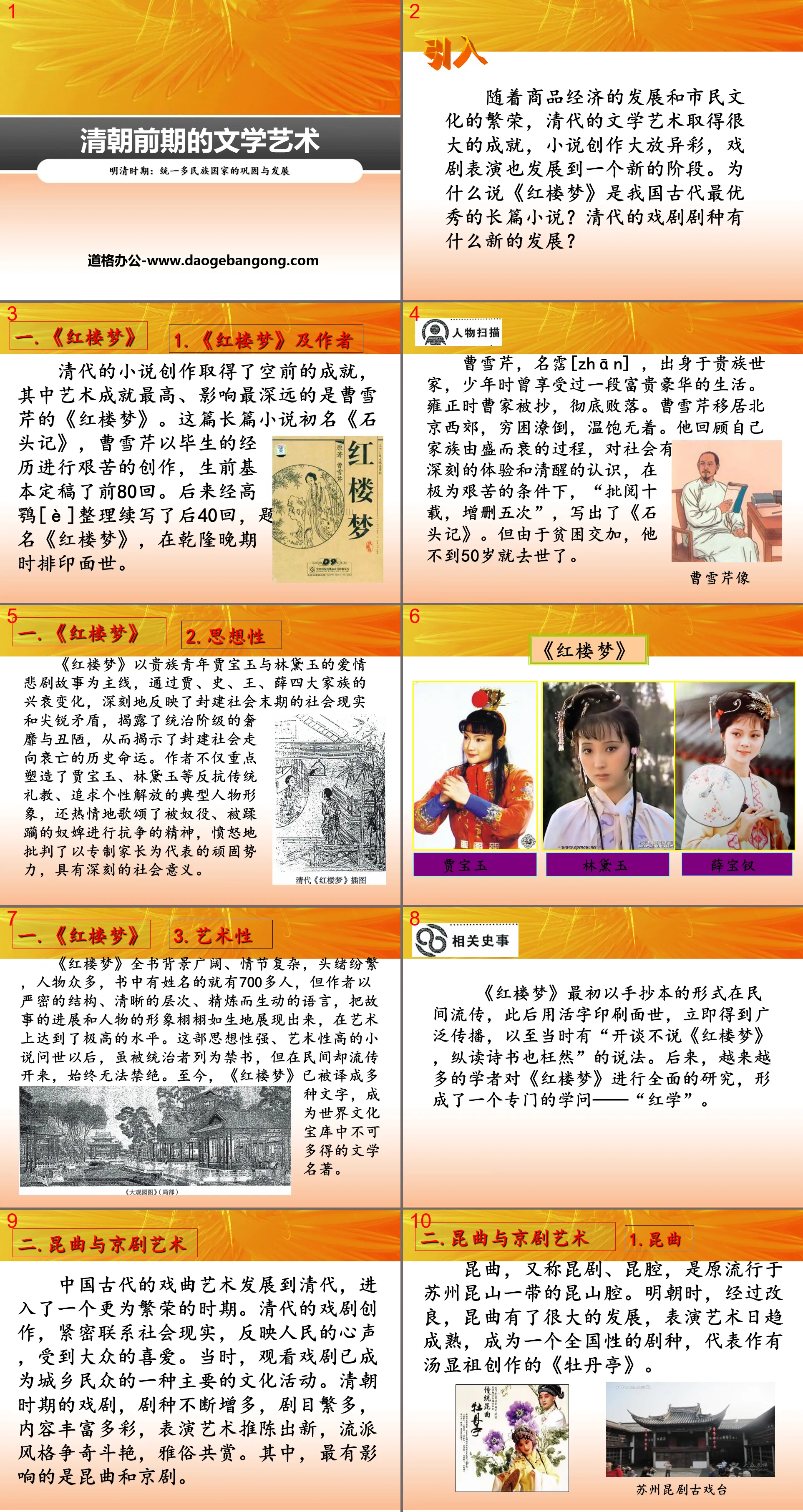The second volume of history for eighth grade compiled by the People's Education Publishing House
Zhonghua Book Company Edition Eighth Grade History Volume 2
People's Education Press Seventh Grade History Volume 1
People's Education Edition Eighth Grade History Volume 1
Zhonghua Book Company Edition Seventh Grade History Volume 2
Volume 1 of the seventh grade history compiled by the People's Education Publishing House
Yuelu Edition Seventh Grade History Volume 2
People's Education Edition History and Society 9th Grade Part II
People's Education Press Seventh Grade History Volume 2
People's Education Edition Eighth Grade History Volume 2
People's Education Press History and Society Grade 7
East China Normal University Edition Seventh Grade History Volume 1
People's Education Press Ninth Grade History Volume 2
People's Education Press History and Society Grade 9
People's Education Press History and Society for Grade 8 Volume 1
Yuelu Edition Seventh Grade History Volume 1

| Category | Format | Size |
|---|---|---|
| The second volume of seventh-grade history compiled by the People's Education Publishing House | pptx | 6 MB |
Description
"Literature and Art in the Early Qing Dynasty" PPT courseware
Part I: A Dream of Red Mansions
1. Dream of the Red Chamber and its author
The novel creation in the Qing Dynasty achieved unprecedented achievements, among which the one with the highest artistic achievement and the most far-reaching influence was Cao Xueqin's Dream of the Red Chamber. This novel was originally named The Story of the Stone. Cao Xueqin used his life experience to create it arduously, and basically finalized the first 80 chapters during his lifetime. Later, Gao E'è edited and continued to write the last 40 chapters, titled Dream of the Red Chamber, and it was printed and published in the late Qianlong period.
Cao Xueqin, whose real name was Cao Xueqin, was born into an aristocratic family. He enjoyed a period of wealth and luxury in his youth. During the reign of Emperor Yongzheng, the Cao family was raided and completely ruined. Cao Xueqin moved to the western suburbs of Beijing, where he was poor and had no means of food and clothing. Looking back on the process of his family's rise and fall, he had a profound experience and a clear understanding of society. Under extremely difficult conditions, he wrote "The Story of the Stone" after "reviewing it for ten years and adding and deleting it five times". However, due to poverty, he died before he was 50 years old.
2. Ideology
The Dream of Red Mansions is based on the tragic love story of the aristocratic youth Jia Baoyu and Lin Daiyu. Through the rise and fall of the four major families of Jia, Shi, Wang, and Xue, it deeply reflects the social reality and sharp contradictions of the late feudal society, exposes the extravagance and ugliness of the ruling class, and thus reveals the historical destiny of the decline of feudal society. The author not only focuses on creating typical characters such as Jia Baoyu and Lin Daiyu who resist traditional ethics and pursue individual liberation, but also enthusiastically praises the spirit of resistance of enslaved and ravaged slaves and servants, and angrily criticizes the stubborn forces represented by autocratic patriarchs, which has profound social significance.
3. Artistry
The book "Dream of Red Mansions" has a broad background, complex plot, numerous clues, and many characters. There are more than 700 names in the book, but the author uses a strict structure, clear levels, and refined and vivid language to vividly present the progress of the story and the image of the characters, reaching a very high level in art. After the publication of this novel with strong ideological and artistic qualities, although it was listed as a banned book by the rulers, it spread among the people and could never be banned. So far, "Dream of Red Mansions" has been translated into many languages and has become a rare literary masterpiece in the world's cultural treasure house.
Literature and Art in the Early Qing Dynasty PPT, Part 2: Kunqu Opera and Peking Opera Art
The development of ancient Chinese opera art into the Qing Dynasty entered a more prosperous period. The drama creation in the Qing Dynasty was closely linked to social reality, reflecting the voice of the people and was loved by the public. At that time, watching drama had become a major cultural activity for urban and rural people. During the Qing Dynasty, the number of dramas continued to increase, the repertoire was diverse, the content was rich and colorful, the performing arts were constantly innovating, the styles of the schools competed with each other, and both the refined and the popular appreciated them. Among them, the most influential were Kunqu Opera and Peking Opera.
1. Kunqu Opera
Kunqu Opera not only embodies the gentle and graceful characteristics of southern opera, but also retains some of the passionate vocal tunes of northern opera, and combines literary forms such as poetry and songs with graceful dance postures, giving people a full artistic enjoyment. In the early Qing Dynasty, Kunqu Opera reached its peak. Hong Yu's "The Palace of Eternal Life" and Kong Shangren's "Peach Blossom Fan", two political and historical dramas, have touching content, twists and turns in the plot, and elegant lyrics and music, becoming masterpieces of Kunqu Opera.
After the middle of the Qing Dynasty, Kunqu Opera gradually fell into a conservative situation, and the repertoires performed were mostly vulgar works that escaped reality or eulogized the merits of the emperor. They were watched by the court and the nobility, and became a plaything of the ruling class and the upper class of society. As it was out of touch with the general public and real life, Kunqu Opera gradually declined.
2. Peking Opera
During the reign of Emperor Qianlong, Beijing became a gathering place for opera troupes, and various local operas were performed here, forming a situation of competition among the beauties. In 1790, on the occasion of Emperor Qianlong's 80th birthday, four major Anhui troupes from the south organized by Anhui merchants came to Beijing to perform. The lyrics of the Anhui troupes were easy to understand, and the tunes were high-pitched and hearty, which won the love of the audience and became famous in Beijing.
The four major Hui opera troupes are Sanqing, Sixi, Hechun and Chuntai. Hui opera is a folk opera that was first formed in Huizhou, Anhui, and later became popular in southern provinces.
Literature and Art in the Early Qing Dynasty PPT, Part 3: After-class Activities
1. After the publication of Dream of the Red Chamber, it is recorded that:
Every time a hobbyist copied a copy and put it in the temple market, he would raise the price by tens of gold coins, and it could be said that the book spread like wildfire. - Cheng Weiyuan, "Preface to A Dream of Red Mansions"
Think about it, why are people so keen on "Dream of the Red Chamber"? What is the social and historical significance of this novel?
2. Collect pictures of Peking Opera masks through various channels and hold a Peking Opera mask exhibition.
Keywords: Free download of PPT courseware on history for seventh graders in the People's Education Press edition, download of PPT on literature and art in the early Qing Dynasty, .PPT format;
For more information about the PPT courseware "Literature and Art in the Early Qing Dynasty", please click the PPT tag "Literature and Art in the Early Qing Dynasty".
Download PPT of "Literature and Art in the Early Qing Dynasty":
Download the PPT of "Literature and Art in the Early Qing Dynasty" Part 1: "Dream of Red Mansions" Author: Cao Xueqin Time of writing: Qing Dynasty (late Qianlong period) Main content: Based on the tragic love story of Jia Baoyu and Lin Daiyu, describing the four major families of Jia, Shi, Wang, and Xue...
PPT of "Literature and Art in the Early Qing Dynasty":
"Literature and Art in the Early Qing Dynasty" PPT Part 1 Content: Learning Objectives 1. Understand the ideological and artistic characteristics and achievements of the Qing Dynasty classical novel "Dream of Red Mansions". 2. Master the basic historical facts of the prosperity of Kunqu Opera and Peking Opera in the Qing Dynasty. 3. Understand the characteristics of the Qing Dynasty culture in the era of...
File Info
Update Time: 2024-11-22
This template belongs to History courseware The second volume of seventh-grade history compiled by the People's Education Publishing House industry PPT template
"Literature and Art in the Early Qing Dynasty" PPT courseware Simple campus recruitment activity planning plan summary enterprise and institution recruitment publicity lecture PPT template is a general PPT template for business post competition provided by the manuscript PPT, simple campus recruitment activity planning plan summary enterprise and institution recruitment promotion Lecture PPT template, you can edit and modify the text and pictures in the source file by downloading the source file. If you want more exquisite business PPT templates, you can come to grid resource. Doug resource PPT, massive PPT template slide material download, we only make high-quality PPT templates!
Tips: If you open the template and feel that it is not suitable for all your needs, you can search for related content "Literature and Art in the Early Qing Dynasty" PPT courseware is enough.
How to use the Windows system template
Directly decompress the file and use it with office or wps
How to use the Mac system template
Directly decompress the file and use it Office or wps can be used
Related reading
For more detailed PPT-related tutorials and font tutorials, you can view: Click to see
How to create a high-quality technological sense PPT? 4 ways to share the bottom of the box
Notice
Do not download in WeChat, Zhihu, QQ, built-in browsers, please use mobile browsers to download! If you are a mobile phone user, please download it on your computer!
1. The manuscript PPT is only for study and reference, please delete it 24 hours after downloading.
2. If the resource involves your legitimate rights and interests, delete it immediately.
3. Contact information: service@daogebangong.com
"Literature and Art in the Early Qing Dynasty" PPT courseware, due to usage restrictions, it is only for personal study and reference use. For commercial use, please go to the relevant official website for authorization.
(Personal non-commercial use refers to the use of this font to complete the display of personal works, including but not limited to the design of personal papers, resumes, etc.)
Preview










